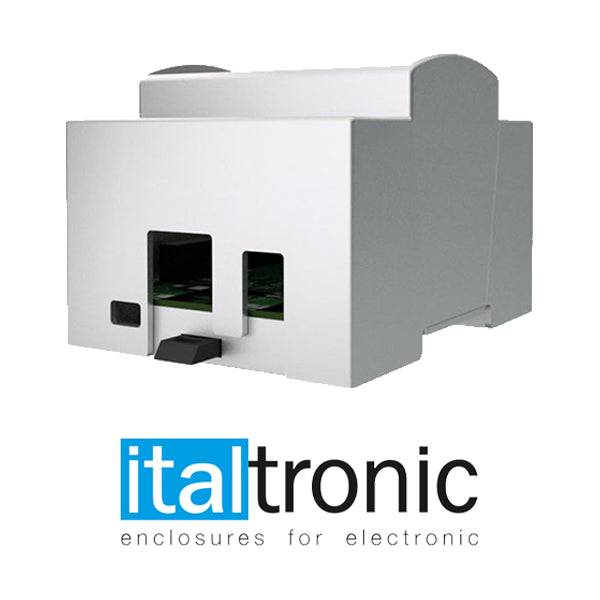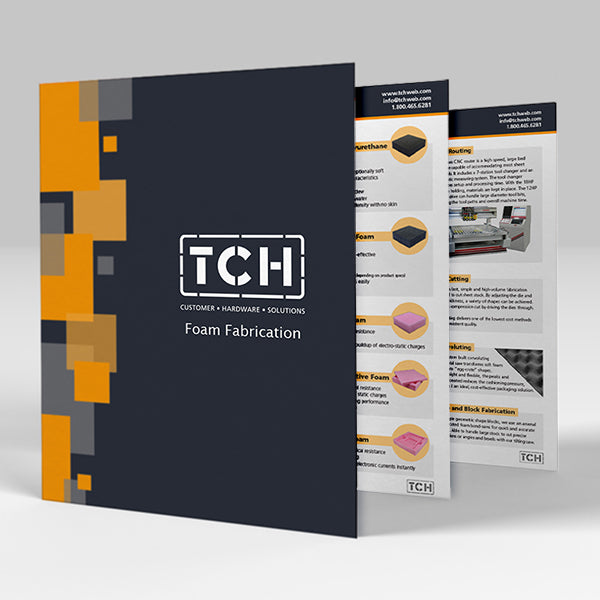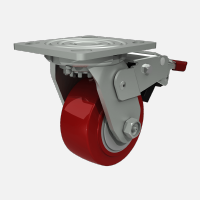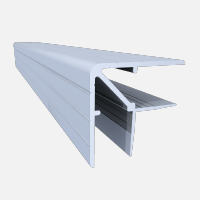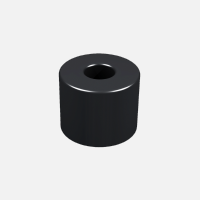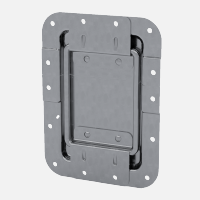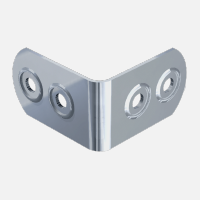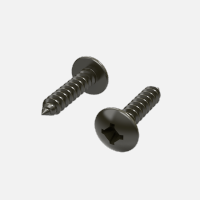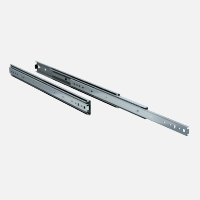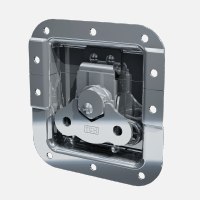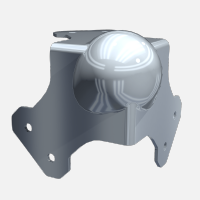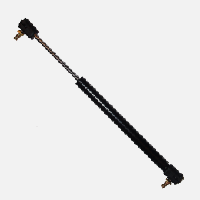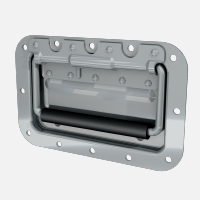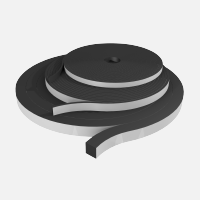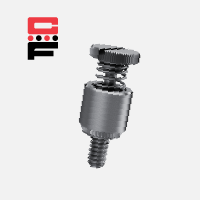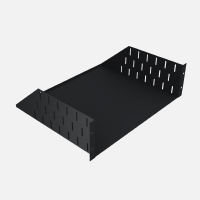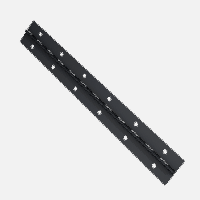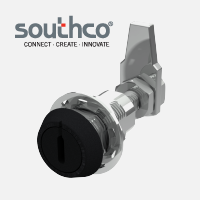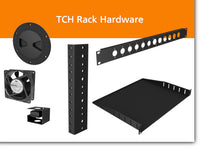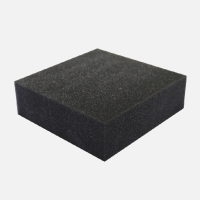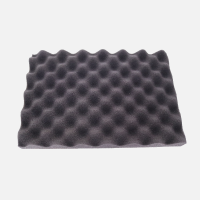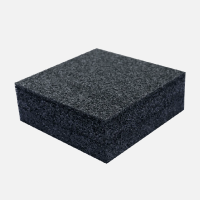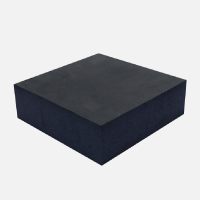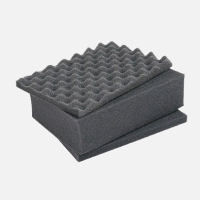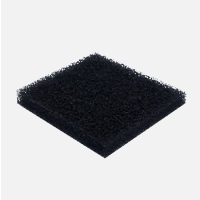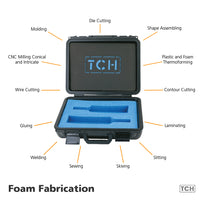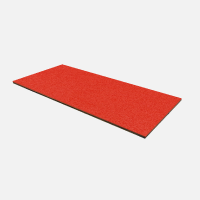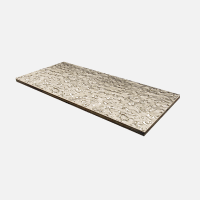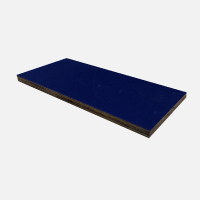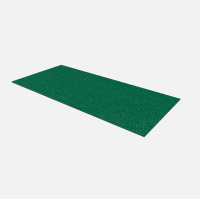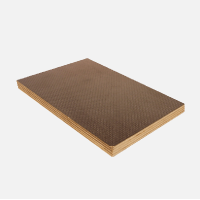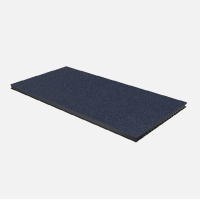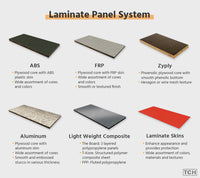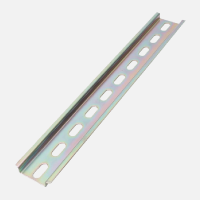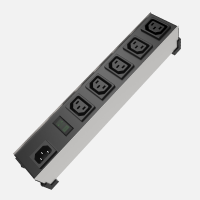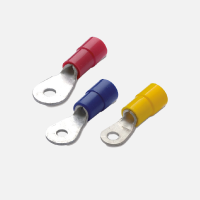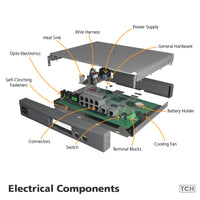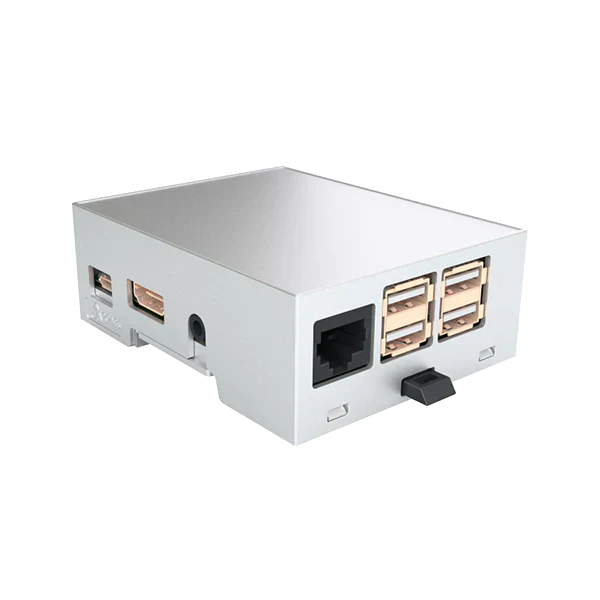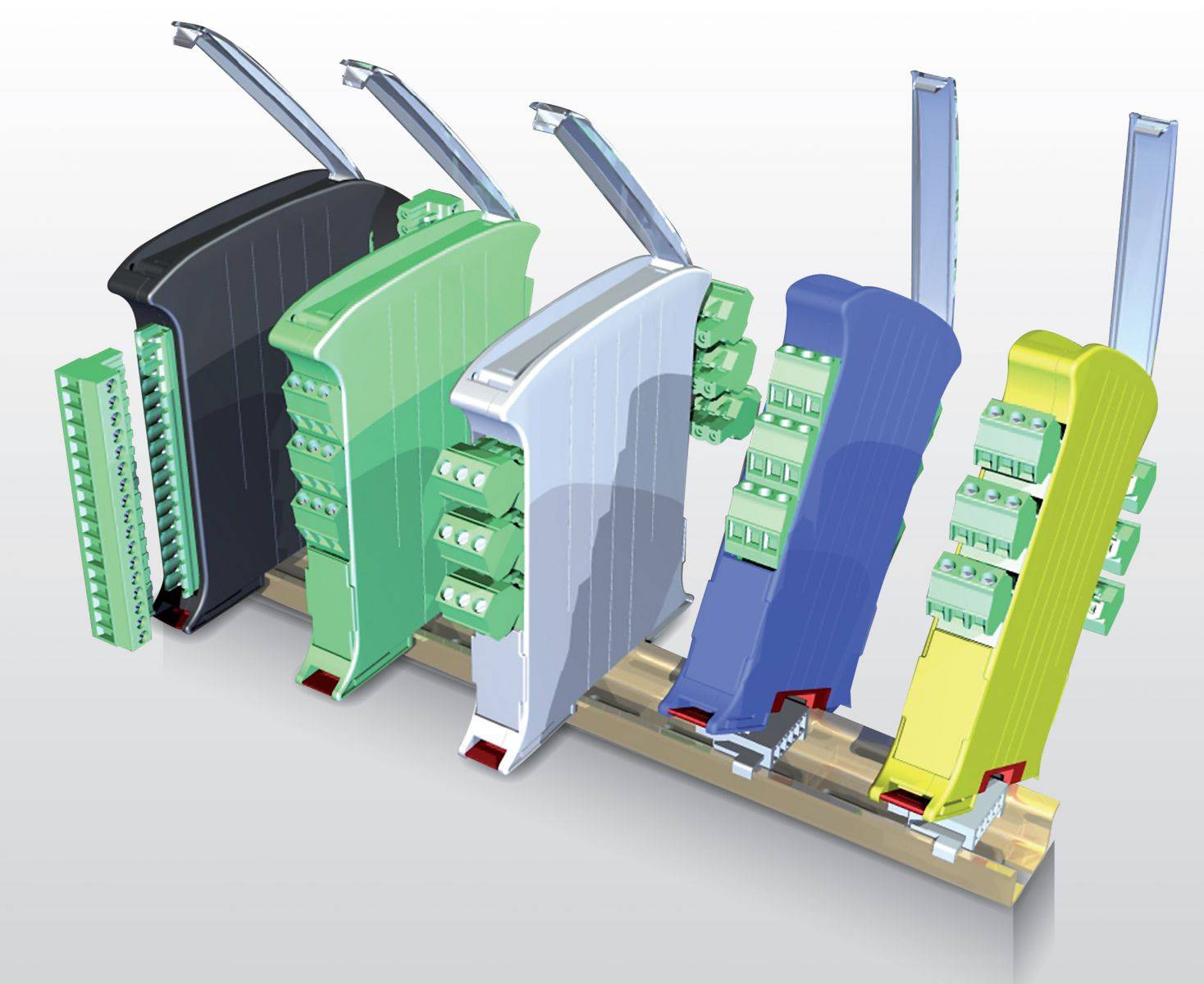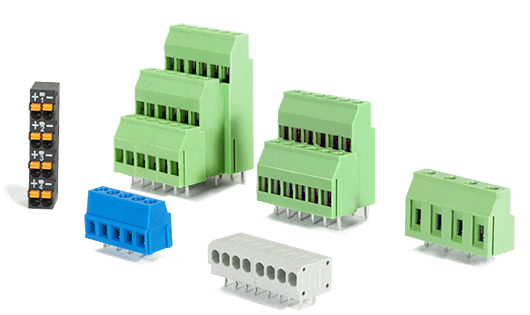If you've used electrical components before, you've likely come across an IP rating. But what do they mean? What are the different ratings? Why is it important? Knowing about a product's rating is important! Keep reading to learn more about the system.
What is an IP Rating?
Shorthand for Ingress Protection Code, also referred to as an International Protection Marking, is a grading system published by the International Electrotechnical Commission (IEC). The rating judges the electrical component or enclosure's ability to resist dust, dirt, and moisture. It is important to note that the rating does not determine UV protection/outdoor standards.
There may be some variations when purchasing products from different countries, but they will still be standardized within the region.
Why are IP Ratings Important?
By having a universal identification system, you can be confident with the product's claims of protection and reassured it would fit your needs. In industries such as electro-mechanical or HVAC, resistance to dust/water is extremely important. Having a standard rating system helps establish trust, safety, and quality assurance.
For a manufacturer to have an IP Rating for their product(s), they must apply to have it tested. A certified, independent company will test the product and assign an IP Rating.
What Does an IP Rating Mean?

When a product has not yet been tested in a specific area, X is used in its place (e.g., IP2X or IPX4). The first number after IP represents dust protection and ranges from 1 to 6. As the number increases, so does the protection and resistance (e.g., IP6X would be dust-tight). The second number denotes liquid protection and ranges from 1 to 8. Like the first digit, the resistance increases along with the number, but this also considers water angles, pressures, and volume.
| First Digit | Solid Protection | Second Digit | Liquid Protection |
| 0 | No protection | 0 | No protection |
| 1 | Solid objects larger than 50mm | 1 | Dripping water |
| 2 | Solid objects larger than 12mm | 2 | Dripping water at 15° |
| 3 | Solid objects larger than 2.5mm | 3 | Spraying water |
| 4 | Solid objects larger than 1mm | 4 | Splashing water |
| 5 | Dust and other particles | 5 | Water jets |
| 6 | Full protection | 6 | Powerful water jets |
| 7 | Immersion, < 1 meter | ||
| 8 | Immersion, > 1 meter |
The rating can sometimes have extra letters affixed at the end. These are additional and supplementary letters and are used when extra information is needed.
| Additional Letter | Protection Against | Supplementary Letter | Meaning |
| A | Back of Hand | H | High Voltage Apparatus |
| B | Finger | M | Product is in motion |
| C | Tool | S | Product is still |
| D | Wire | W | Specific weather conditions |
Applications
Various industries rely on the importance of IP Ratings. Without a standardized grading system, users would not clearly understand a product's limitations and ability. IPX8 provides a more defined definition of its liquid protection abilities instead of a vague term such as waterproof.
Contaminants are capable cause a range of issues if it enters an electronic closure. Dust and debris can collect inside holes such as sockets and ports as well as other crevices. Over time, if there is enough accumulation, the dust can create an insulation layer and cause overheating. It can also disrupt connectors and relays from poor conductance.
Water and moisture never play nice with electronics. Equipment located in harsh climates might require specific IP Ratings to withstand rain or snow. Hot and humid weather can also cause issues from condensation forming internally. If power is connected before the moisture disappears, short-circuiting can occur.
TCH Electronic Components
Trust in TCH to shop your electro-mechanical components. Our relationship and exclusivity with key vendors allow us to source products and components that fit your exact need. We are exclusive vendors to Italtronic (North America), Adels Contact, CBI Electric, and Dinkle. Have questions about electro-mechanical components or a product's IP Rating? Contact our knowledgeable sales team to learn more.

